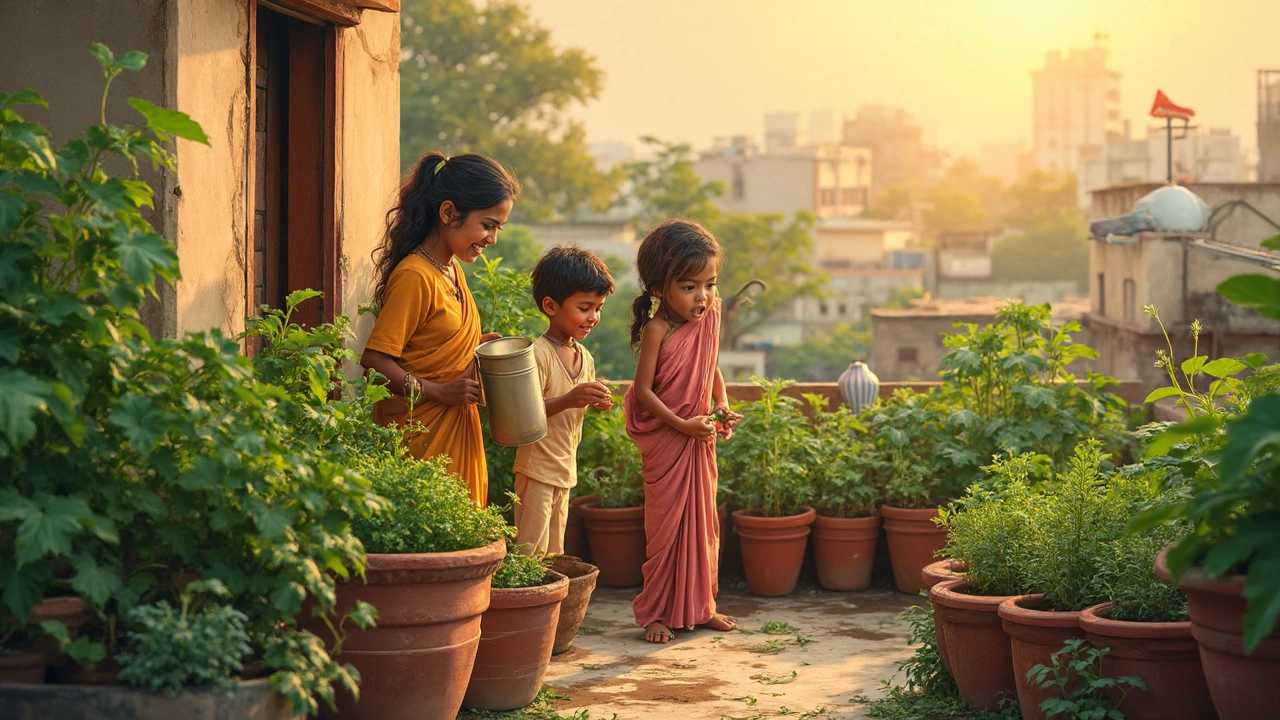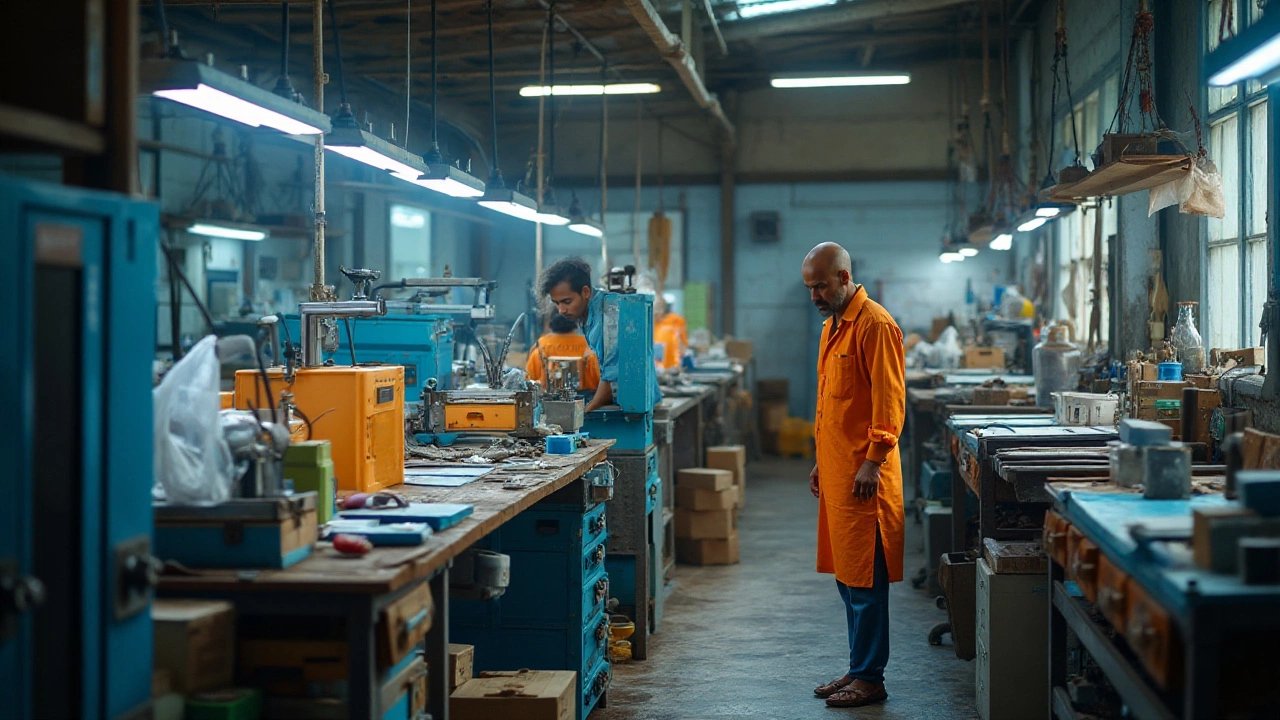Low Water Use: Practical Tips for Water‑Smart Gardens and Sustainable Production
When working with Low Water Use, the practice of minimizing water consumption while keeping plants healthy and processes efficient. Also known as water conservation, it plays a key role in both home gardening and industrial production. By trimming waste, you reduce bills, protect local water tables, and lower the carbon footprint of every drop you save.
Tools that Turn Savings into Results
One of the most effective ways to achieve low water use is through Drip Irrigation, a system that delivers water directly to the root zone in small, timed pulses. Because water goes straight where it’s needed, evaporation drops dramatically. Pair that with Mulching, the practice of covering soil with organic or synthetic material to retain moisture, and you create a double‑layer shield against drying out. The semantic triple here reads: Low water use encompasses drip irrigation; mulching reduces evaporation; together they cut water demand by up to 50% in many Indian climates.
Another game‑changer is Soil Moisture Monitoring, the use of sensors or simple feel‑tests to gauge how wet the soil really is. When you know the exact moisture level, you avoid over‑watering and can time each drip pulse perfectly. This ties into the triple: Soil moisture monitoring guides watering schedules; accurate data enables low water use; precise timing maximizes plant uptake.
For those who prefer a hands‑off approach, No‑Till Gardening, a method that leaves soil structure intact and reduces disturbance works well with low water use goals. By keeping soil layers undisturbed, natural pores stay open, allowing water to move slowly and stay available longer. The relationship is clear: No‑till improves soil health; healthy soil holds more water; better water holding supports low water use across the season.
Putting these pieces together gives you a toolbox that fits any garden size or even a small‑scale manufacturing setup that needs water‑efficient cooling or cleaning. Below you’ll find guides on daily watering myths, drip‑system DIY steps, mulching tips, soil rehydration tricks, and more. Each article shows how the concepts above turn into real‑world actions, so you can start saving water today and keep your plants thriving tomorrow.
Most Sustainable Vegetable to Grow: What Actually Works
Not all vegetables are created equal when it comes to sustainability. Some demand loads of water or picky care, while others seem almost impossible to kill. This article breaks down which veggie truly deserves the crown for sustainability, and why it matters for your garden and the planet. You'll get practical, no-nonsense tips on picking, growing, and enjoying veggies with a minimal footprint. Get ready to rethink what you plant next season.
- manufacturing
- India
- food processing
- garden tips
- rice cultivation
- government schemes
- balcony garden
- urban gardening
- balcony gardening
- profitable business
- business ideas
- plastic manufacturing
- drip irrigation
- plant care
- steel manufacturing
- sustainable gardening
- startup ideas
- steel industry
- flower gardening
- textile manufacturers






